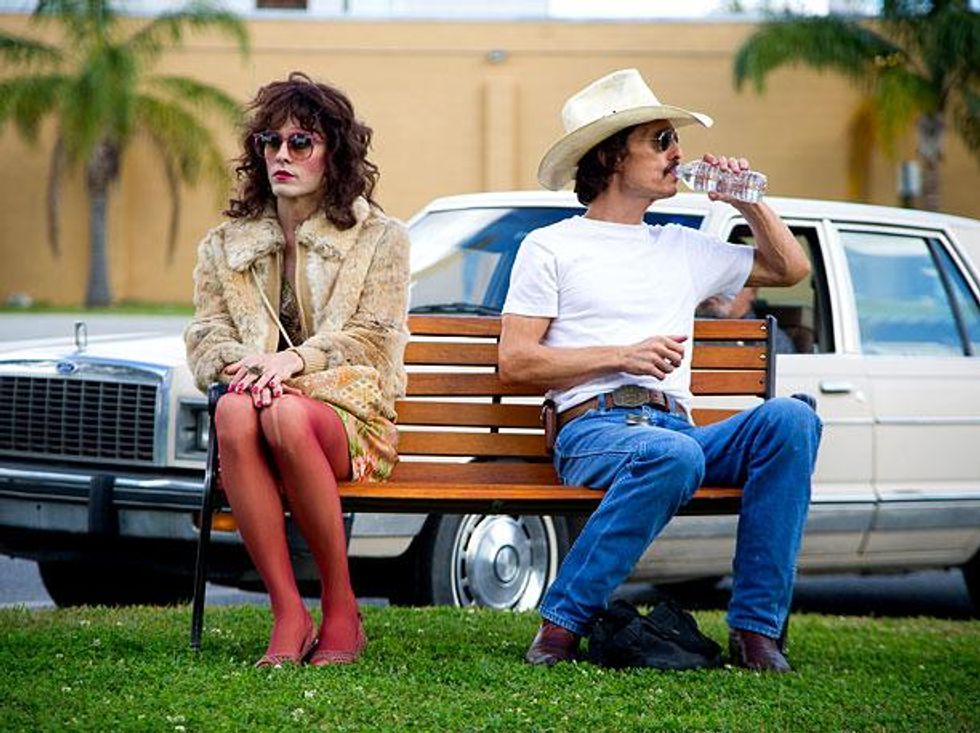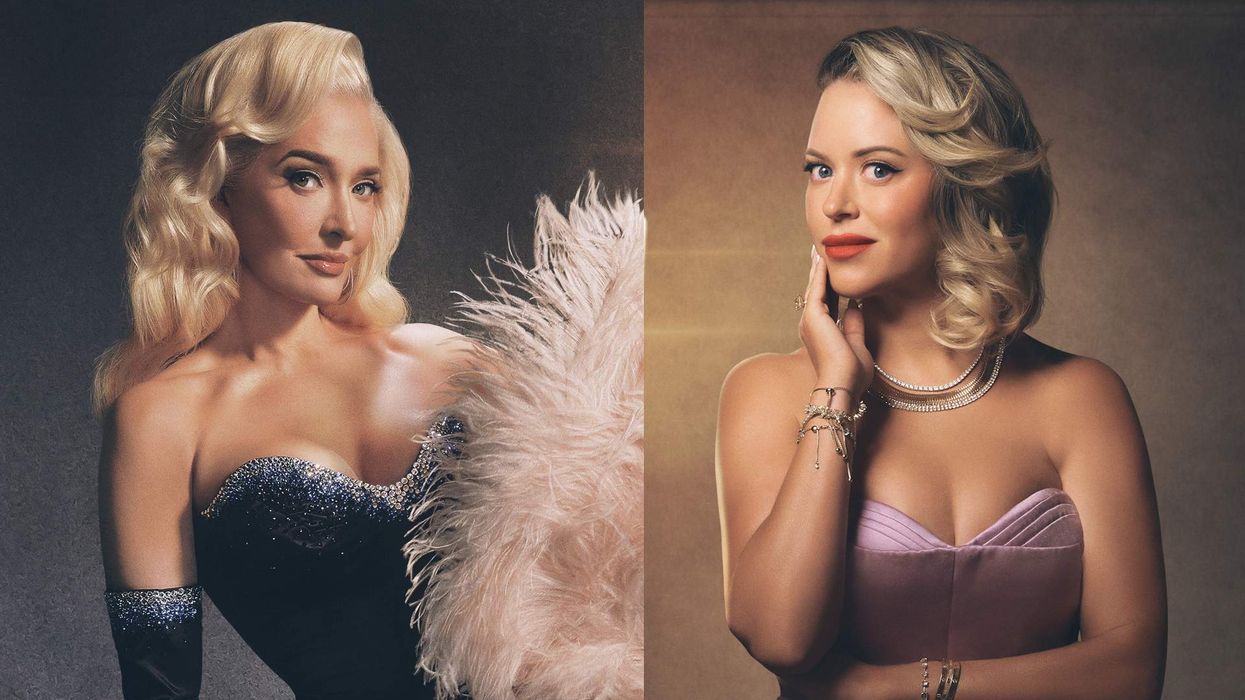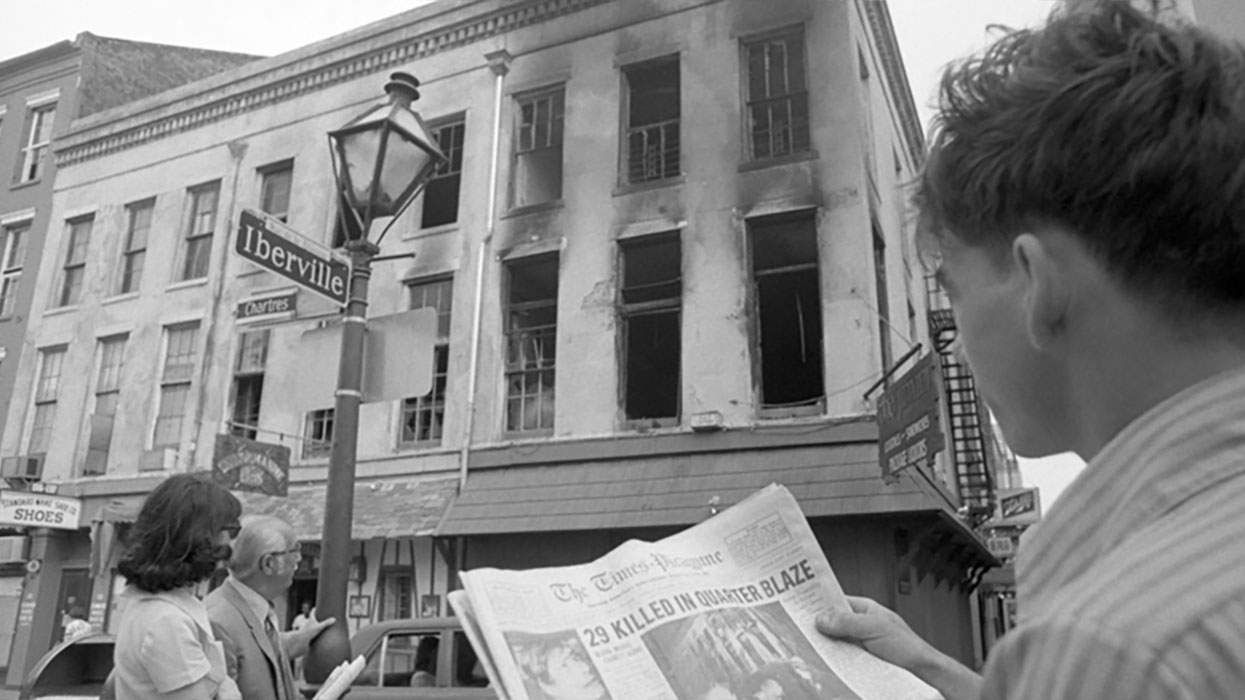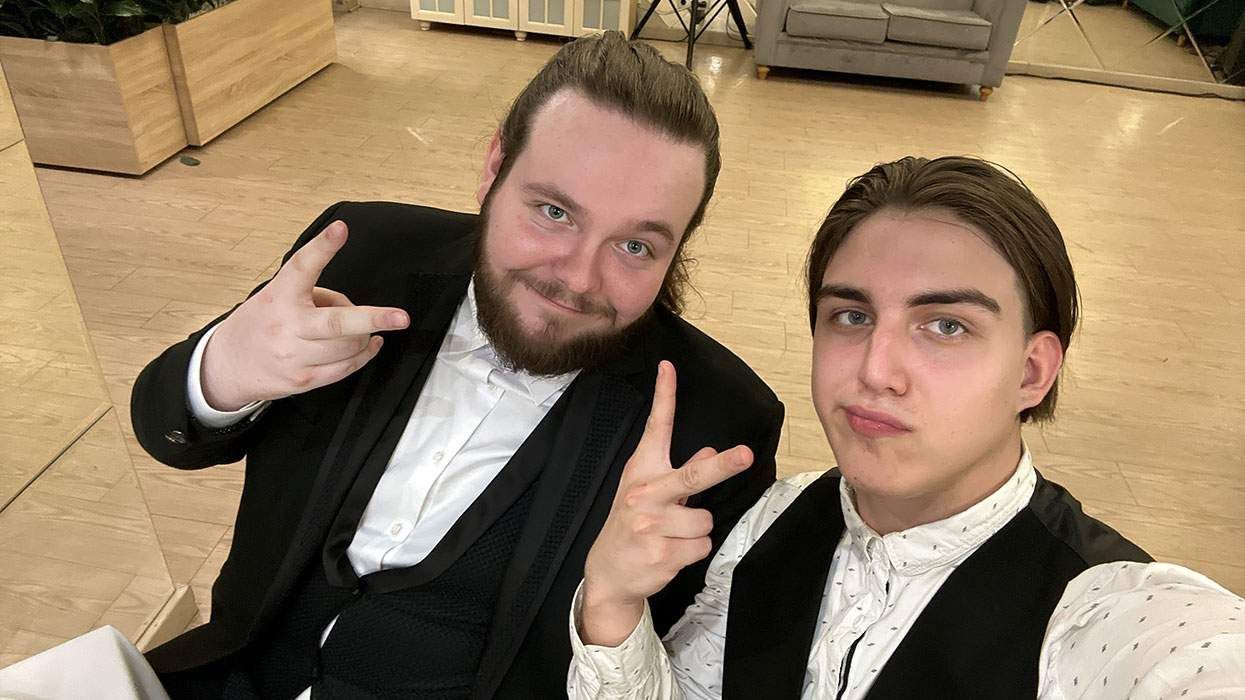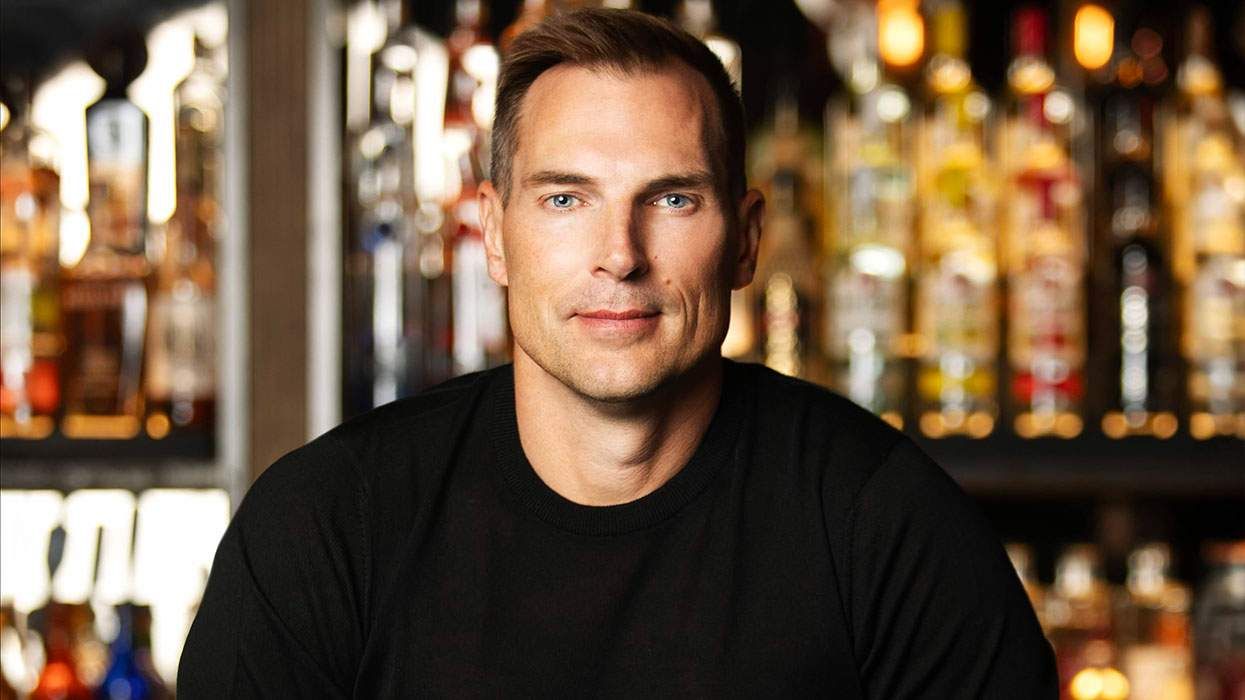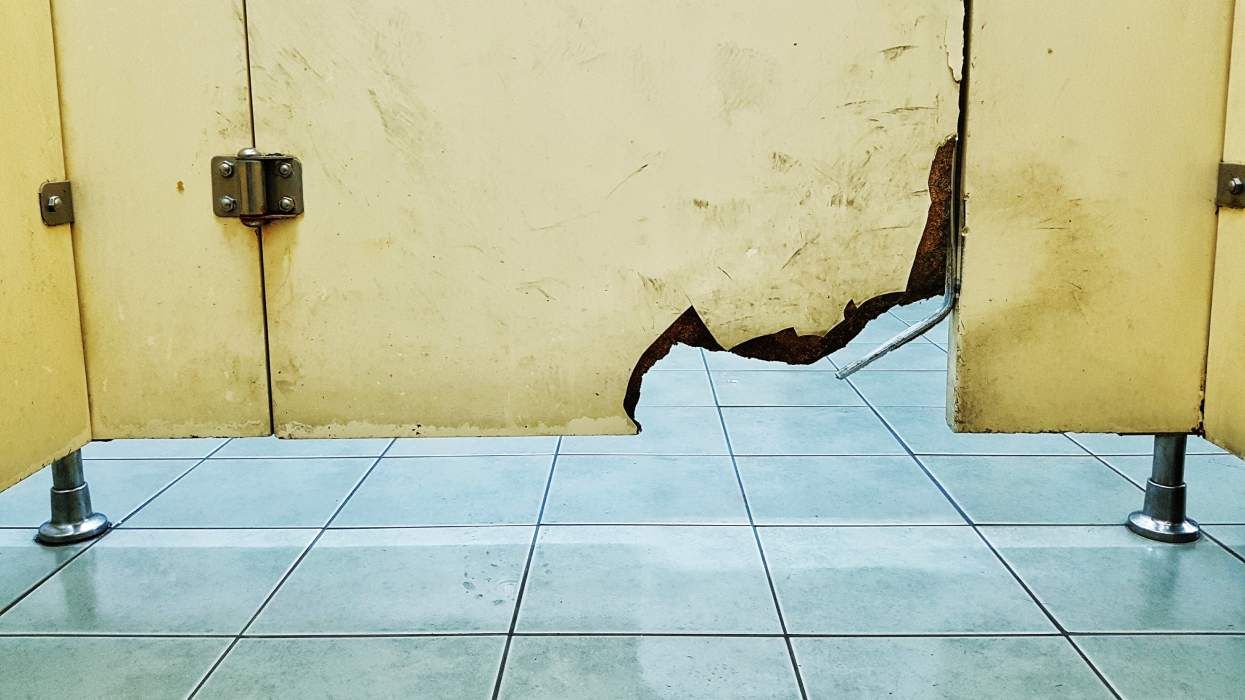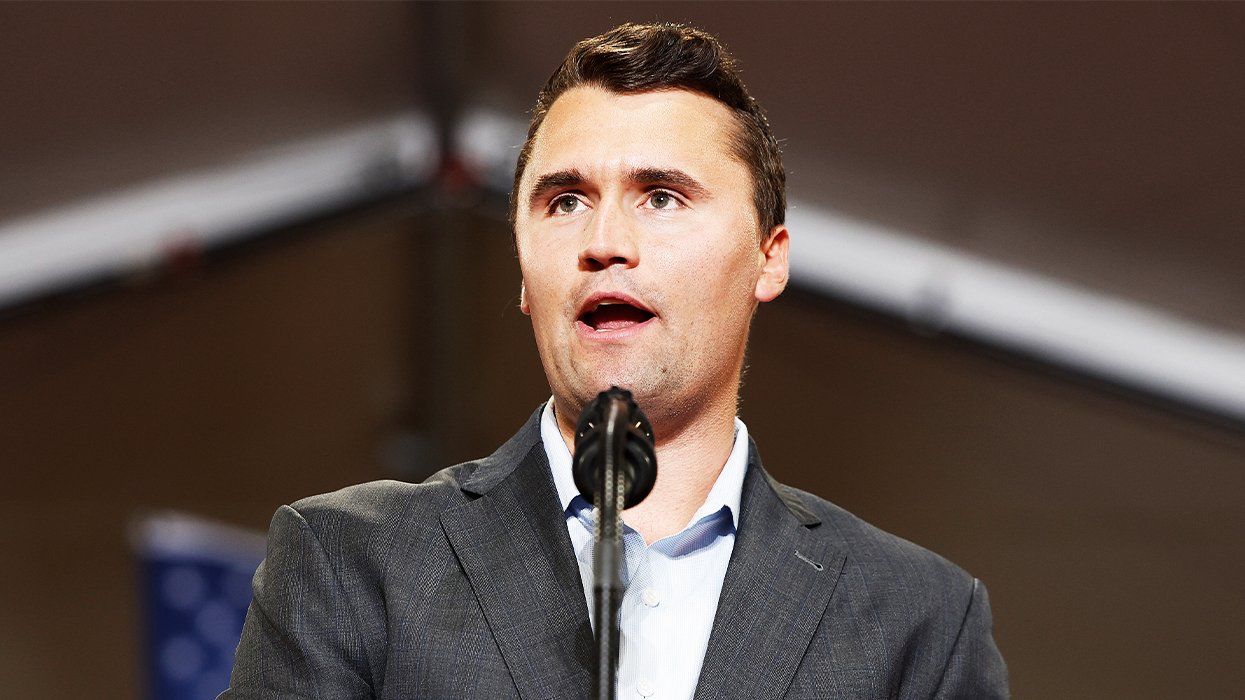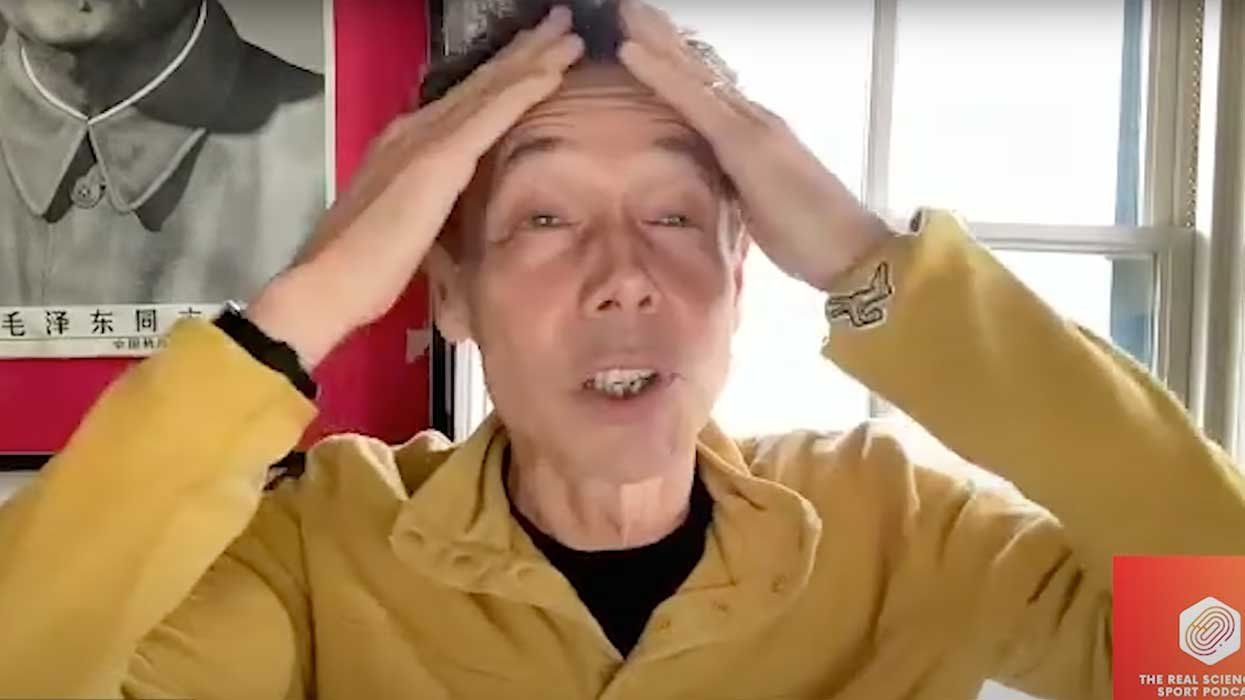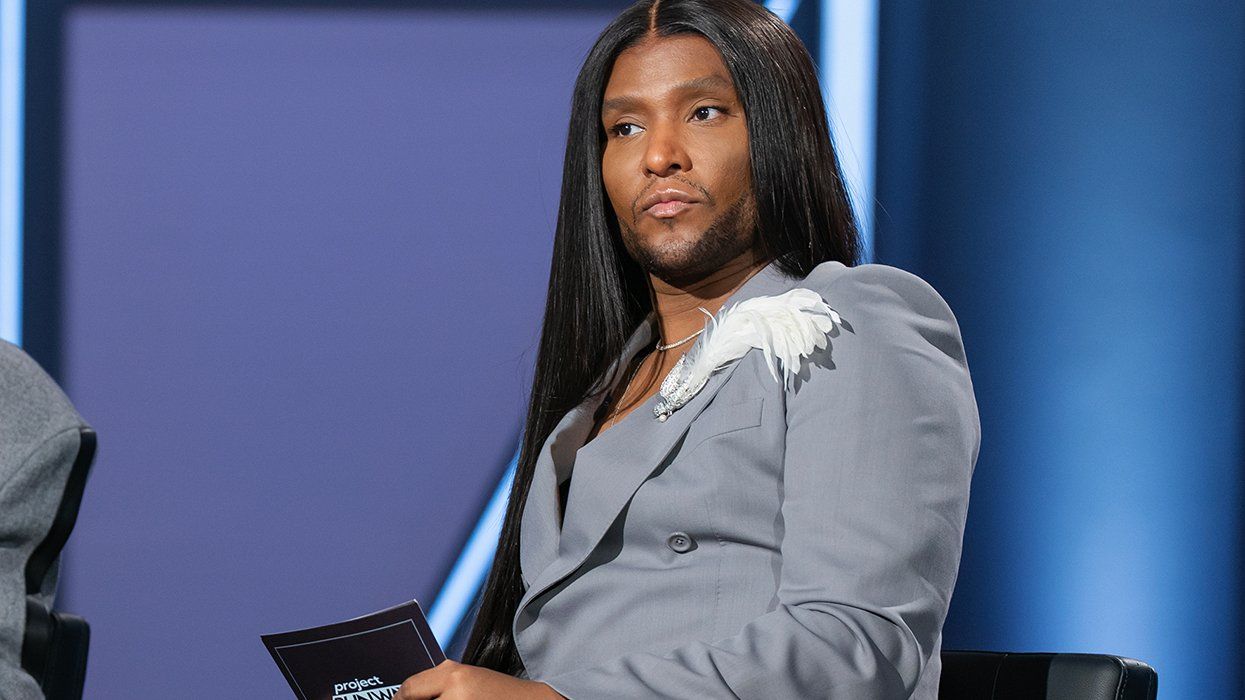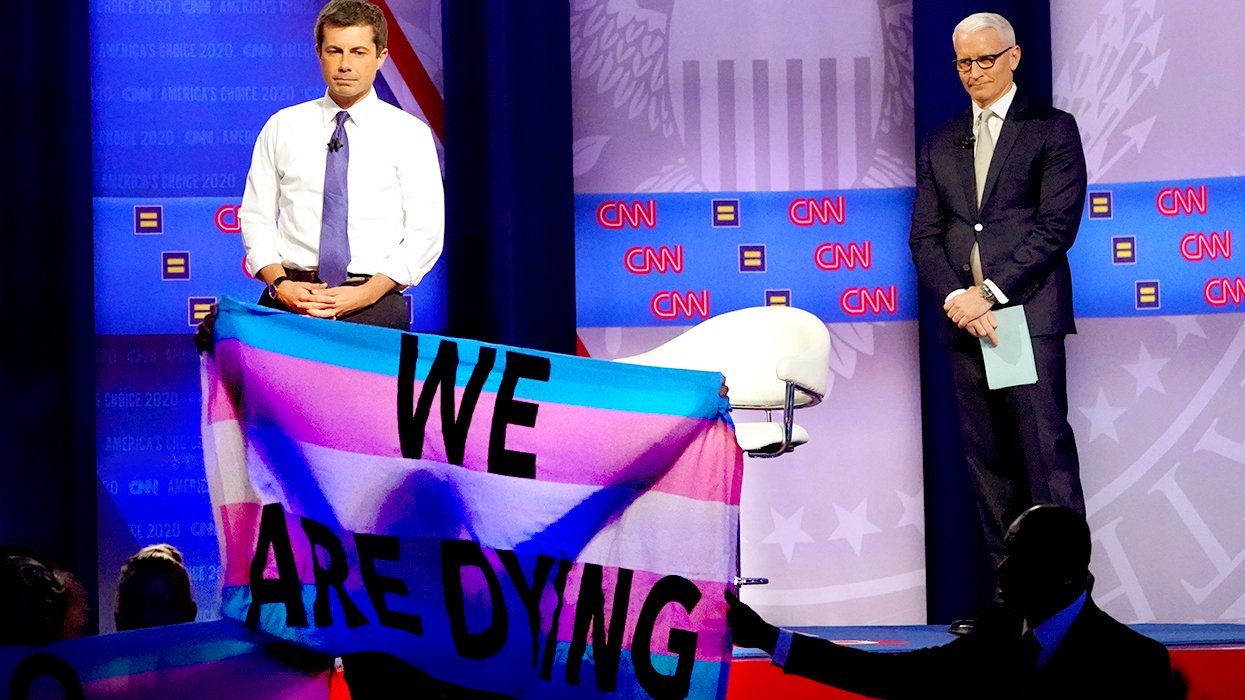Illustration by Marek Haiduk
"I felt like it would be real easy not to be here anymore," recalls Daniel Goldstein, an AIDS survivor, in the 2011 documentary We Were Here. "Most of my friends were dead and there didn't seem to be any reason just to stick around. It wasn't crazy suicidal. It just felt logical: I don't need to be here."
When the gay plague descended in 1981, it was a literally unthinkable event. By the time it ended in the mid-'90s, it had shattered the assumptions of the world built by gay liberation in the 1970s. This shattering is the radical truth of the gay plague. Now, a generation later, versions of that history are appearing in a profusion of films and books. A few are more than mere entertainments. But only We Were Here approaches anything like a spiritual reckoning. It is not about how to a survive plague. It is about how to remember one.
"I didn't kill myself and I'm glad I didn't," Goldstein says. "But I still can understand it, looking back."
Two documentaries released in 2012, David France's How to Survive a Plague and Jim Hubbard's United in Anger, are about AIDS activism. They are feel-good movies. Catching up with the crisis in 1987, as ACT UP's militant, campy, sexy image was supplanting the image of a dying generation, the films ride the wave of inspiration home to the development of drug "cocktails" in 1996.
Plague focuses on activists who set the agenda for getting drugs into bodies and then abandoned ACT UP's street activism to form Treatment Action Group (TAG). The film is dramatic, polished, and not entirely besotted by the activists. By contrast, Hubbard's video clips of ACT UP are the only vital aspect of his paint-by-numbers film. Both films interview the leading activists, but their accounts reveal little reflection or introspection, adding nothing new or even unexpected to the record. Audiences and critics of Plague have hailed ACT UP and TAG as heroes, a role that some of them have embraced like a second career. Anger, which lost the competition for attention, was marketed as the "real" how-to, complete with a "guide for activists" so dogmatic that it would have sparked a mass exodus from ACT UP.
The current focus on activism partly reflects our generation's need to protect itself against the losses that made a mockery of mourning. Militancy served the same aim during the crisis. There is a related need to put the plague away. Consider The AIDS Generation, presented as a study of long-term survivors by distinguished gay health researcher Perry Halkitis. The book is less a study of survivors than a party for them. "I simply want to celebrate the lives of gay men who, despite all logic and reason and without any hope at the time of their diagnosis, are long-term survivors--my generation, the AIDS generation, the bravest generation," he writes.
The book records Halkitis's conversations with 15 guys who tell their war stories with honesty and humor. Halkitis the researcher is looking for evidence of "resilience"; Halkitis the celebrant finds it everywhere short of death. He is instructive on the experience of PTSD and its aftereffects, what some of the bravest generation see as the cause of their midlife problems. But Halkitis says that his long-term survivors have worked all that out. How they did this he does not say, but now "they are ready to move on."
It is curious that Halkitis repeatedly professes his respect for the late Michael Callen, the pioneer of self-empowerment for people with AIDS. Callen asked hard questions--Halkitis does not.
Callen and other early activists are absent from most of the current AIDS output. They did amazing feats in the 1980s--visibility for people with AIDS, safe sex, experimental drug testing. Many died before ACT UP started. They were older than most members of ACT UP, and because they came of age during the 1970s, a time often recalled as one of optimism, confidence, and awesome sex, these men had a different experience of the plague (and of activism). We all lost friends and lovers. They lost a world.
Callen, a star, makes a brief appearance in the HBO documentary The Battle of amfAR, along with some of the other gay men who, with Mathilde Krim, co-founded what became amfAR. Produced by board head Kenneth Cole, the movie is quite inventive with facts, spinning a female buddy fantasy in which Krim and Elizabeth Taylor are credited for singlehandedly curing AIDS. Callen loyalists were offended by this de-gaying of our activism, although it is modest by Hollywood standards.
Does the gay community own this history? Consider Dallas Buyers Club, released last fall. The offbeat film stars Matthew McConaughey (minus 50 pounds) as Ron Woodroof, a hard-living hetero rodeo rider who, diagnosed in 1986, is born again as an activist smuggling experimental AIDS drugs into the United States. McConaughey's star turn (and Jared Leto's, as a tragic transexual) were widely praised, but the film rankled critics and many activists by de-gaying the issue--it was about a straight dude and did not include the larger AIDS movement. It is worth noting that the real Woodroof was a renegade, as scripted.
De-sexing our history is a trickier issue than de-gaying, perhaps because we practice it ourselves. During the AIDS crisis, it was not uncommon for friends of a dying or dead man to desex his apartment before the family arrived, leaving the porn, dildos, and leather gear in a trash bag out on the curb. In ACT UP, sex and desire were an almost primal force, energizing the group at a level far deeper than the widely recalled cruisy meetings. But except for a mention of the meetings in Anger,
The subject of David Weissman's We Were Here is bearing witness. The scene is San Francisco's gay community, which felt the plague with a singular intensity and the swiftest, highest rate of infection and death. The film quietly brings the darkest days back to life. Archival footage shows the uninspirational side of the crisis, including many shots of confused young men with what was once instantly recognizable as the "AIDS look," waiting in hospital beds. The faces looking into the camera, and into you, are awful to behold, but they soon become a given--part of the family--as in the old days.
We Were Here is a feel-real film. It has an artlessness that, together with its "heavy" content, seems to appeal mainly to those who lived through those years. In the film's interviews, inspiration and loss are revealed as inseparable; anecdotes about the Castro uniting around caregiving, clinical trials, and the AIDS Quilt are expressed in voices thick with grief and the disbelief, even after 30 years, that something unthinkable was happening. This is the dead center of the gay plague.
Larry Kramer's 1985 play, The Normal Heart, was written from the dead center. A film version, directed by Ryan Murphy, is set to air on HBO in May. When the play first opened at New York's Public Theater, the effect was electrifying. It's both a raging indictment of then-mayor Ed Koch and The New York Times, and an anti-promiscuity plea to gay men. Some critics noted the film's "humility" and "spirituality." Kramer shows the values of gay liberation at a breaking point and has more to say to young gay generations than any current documentary.
The Normal Heart is one of many brillant works about AIDS made during the plague. Their intensity, clarity, and depth of feeling set a very high bar for anyone attempting to add his little bit of wisdom to the history. The profusion of AIDS stuff shows no sign of letting up. An HBO documentary about Kramer, long overdue, is in the works. Memoirs are trending. Agendas and ambitions will be furthered, personal and cosmic scores settled. Perhaps the truth of the plague years will also be served. Often, the dead in their absence seem to me more vividly present than the living. I imagine them witnessing these efforts of ours and wonder what they, who are acquainted with oblivion, would have to say.



